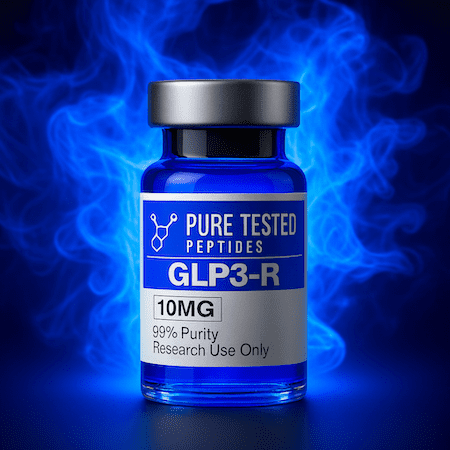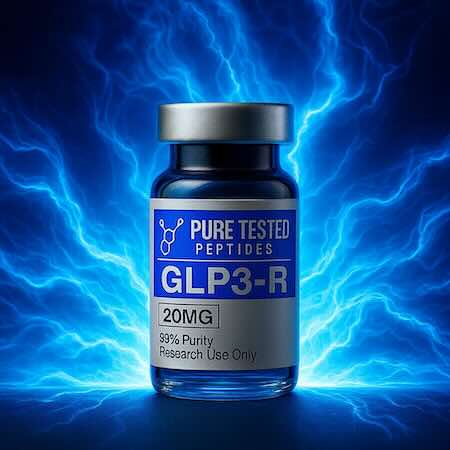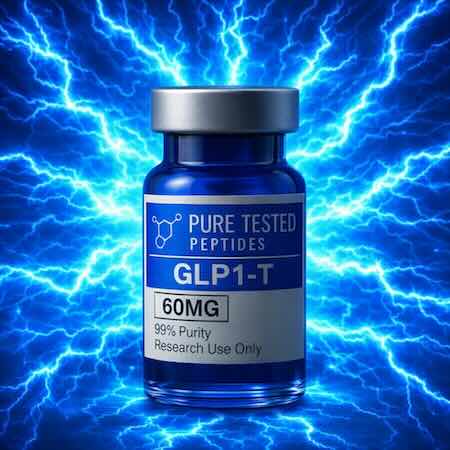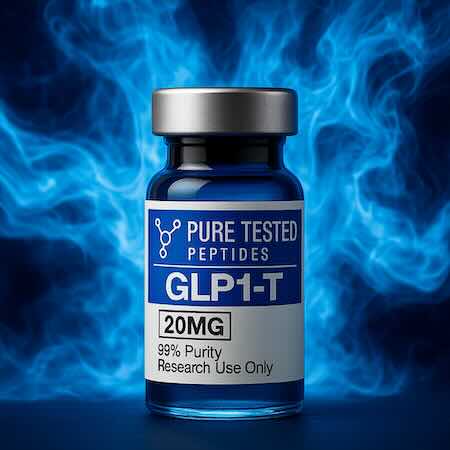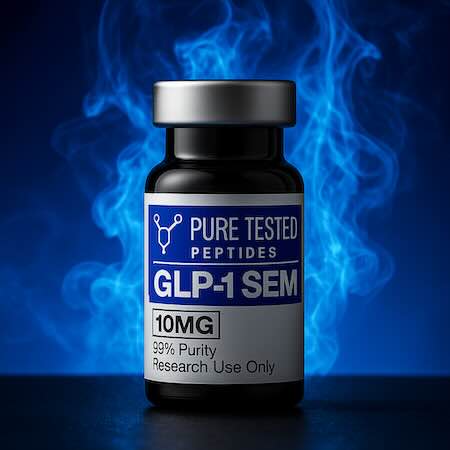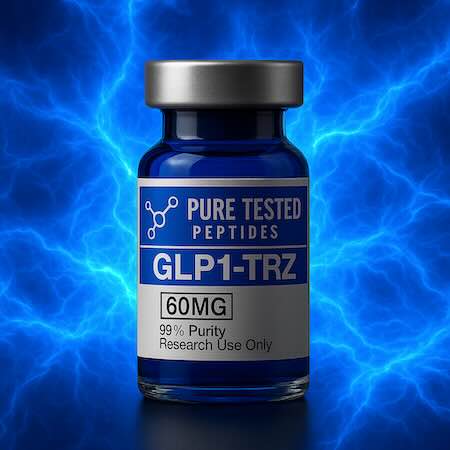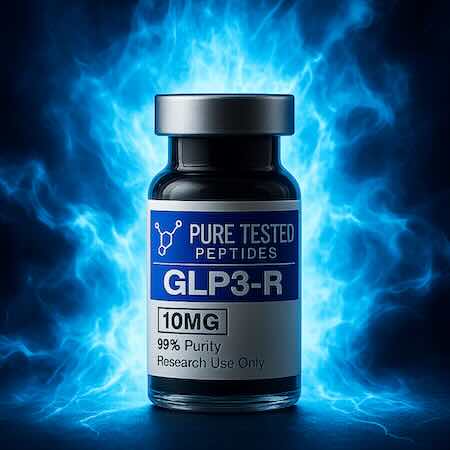GLP-3 Research: Mechanistic Rationale, Biomarkers, and Replication Practices
Overview. Incretin-pathway research has advanced from single-receptor agonism toward multi-receptor strategies that interrogate energy balance, glucose handling, hepatic lipid flux, and satiety circuits in a coordinated fashion. GLP-3-style analogues (a shorthand used in some research catalogs for multi-incretin designs related to GLP-1/GIP/GCGR pharmacology) are evaluated for how combined signaling can influence downstream nodes such as insulin and glucagon dynamics, adipose tissue lipolysis, mitochondrial substrate choice, and central appetite pathways. Modern protocols therefore pair endocrine readouts with cardiometabolic, hepatic, and activity-related measures to capture the breadth of responses. For reproducibility, investigators pre-register endpoints, include blinding and randomization, and document supplier, lot, and COA to maintain traceability across cohorts—an approach that supports transparent reporting while keeping the framing strictly preclinical and non-therapeutic. glp3
Receptor biology. Multi-incretin constructs are typically designed to co-activate GLP-1 receptors, GIP receptors, and sometimes the glucagon receptor, with balanced potency chosen to test specific hypotheses about energy expenditure vs. intake and hepatic glucose output. Signaling through G-protein pathways (primarily Gs) raises cAMP, engaging PKA/EPAC axes and downstream transcriptional programs relevant to β-cell function, gastric motility, and hepatic lipid handling. When experiments include receptor-selective controls, they can disentangle which pathway drives each measured effect, improving interpretability. Researchers also monitor tolerance or desensitization phenomena over time, as sustained agonism may reshape receptor trafficking. Assay panels therefore mix acute and chronic windows, with attention to circadian timing and feeding state to reduce confounders in glucose and lipid endpoints. glp-1r
For catalog navigation, COA policies, and site-wide quality standards (HPLC, mass spectrometry), visit
PureTestedPeptides.com.
Endpoints & analytics. Because multi-receptor designs can influence several tissues at once, robust studies rely on integrated biomarker suites. Glycemic profiling may include fasting/post-prandial glucose, insulin, C-peptide, and HOMA-IR surrogates; lipid panels are paired with hepatic enzymes and indices of de novo lipogenesis. Energy balance hypotheses motivate indirect calorimetry (VO₂/VCO₂ and RQ), activity monitoring, and brown-adipose thermogenic markers. Body-composition tracking (e.g., MRI or DEXA in appropriate models) prevents over-reliance on scale weight. To separate central from peripheral mechanisms, some groups add conditioned feeding paradigms and gastric emptying assays. Finally, transcriptomics (e.g., liver and adipose RNA-seq) can map which metabolic programs shift during exposure—data that help explain physiological readouts without implying clinical utility. buy glp3 online
Exposure design. Pharmacokinetic (PK) objectives vary: some protocols test short-acting pulses that mirror meal-time signaling, while others emphasize sustained exposure to probe AUC-dependent effects. Half-life extension strategies (e.g., albumin or Fc-binding concepts in related molecules) inform sampling cadence for IG levels, satiety peptides, and hepatic flux markers. To contextualize exposure-response, researchers chart time-aligned changes in glucose excursions, lipid oxidation, and respiratory quotient, often with crossover or factorial designs to reduce variance. Predefined stopping rules and assay QC criteria (calibration curves, inter-assay CVs) are reported for transparency. When multiple cohorts are used (lean vs. diet-induced models), stratified analyses reduce ecological fallacy. Procurement notes typically log supplier pages and lot/COA IDs for traceable replication rather than any usage suggestion. buy Reta 10mg online
For SKU-specific reproducibility in methods sections, many labs cite a 10-mg listing via a neutral anchor such as
this 10 mg product page.
Comparators & combinations. To understand which receptor contributes most to a given endpoint, designs often include single-agonist comparators. For example, a GLP-1-selective arm can highlight effects on gastric emptying and appetite, whereas a glucagon-leaning arm can isolate hepatic lipid oxidation and thermogenesis signatures. Combination or titration arms help establish whether balanced multi-agonism yields supra-additivity or simply layers independent effects. Researchers also watch for counter-regulatory responses—e.g., glucagon-driven gluconeogenesis offsetting insulin-mediated uptake—so net outcomes are interpreted in context. Including vehicle and pairwise comparators clarifies mechanism while avoiding over-generalization from a single condition or tissue. buy glp1-r 10mg peptide
Biomarker depth. Beyond routine glucose and lipid panels, endocrine studies increasingly include microbiome profiling, bile-acid pools, and hepatokine/adipokine panels (FGF21, adiponectin) to explain shifts in substrate preference. Mitochondrial endpoints (citrate synthase activity, β-oxidation flux) are added when energy expenditure is central to the hypothesis. Where appetite circuitry is examined, immediate-early gene markers and neuropeptide expression in hypothalamic nuclei can complement behavioral readouts. Reporting negative or null findings prevents publication bias and aids meta-analysis across laboratories. Data deposition (e.g., raw curves, code for analysis) further enhances reproducibility and supports rigorous peer evaluation without veering into any clinical claim language. Buy pure peptides for longevity
When documenting multi-arm protocols that require explicit catalog pairing (e.g., receptor-balanced variants), labs sometimes reference a higher-content listing via
this GLP3-R 20 mg page
to keep inventory and LIMS records synchronized.
Quality, ethics, and transparency. Credible preclinical work details synthesis controls, HPLC and mass spectrometry traces, and endotoxin testing, plus storage/handling conditions to rule out degradation artifacts. Ethical review, humane endpoints, and reduction strategies (power analysis to avoid over-use) are explicitly reported. To reduce analytic flexibility, teams preregister primary/secondary endpoints, specify covariates, and publish statistical plans. For cross-site replication, methods sections include exact reagent names, concentrations, and assay lot numbers so others can reproduce exposure-response relationships under matched conditions. Clear documentation of null effects is as valuable as positive findings for mapping the boundaries of mechanism in metabolic research. Buy Retatrutide
Key Takeaways (Research Context)
- Mechanistic scope: Multi-incretin constructs allow simultaneous interrogation of appetite, glucose handling, hepatic lipid flux, and energy expenditure.
- Design discipline: Include receptor-selective comparators, stratify cohorts, and align sampling to circadian and feeding state.
- Replication: Log supplier URLs, lot numbers, and COAs; share raw data and analysis code to facilitate independent verification.
- Compliance: This content is strictly preclinical and educational; no therapeutic claims or usage guidance are provided or implied.

